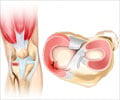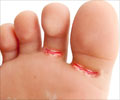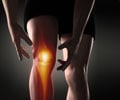New study has pinpointed that 13 mm as a guideline for identifying patients who might be at risk for kneecap instability.
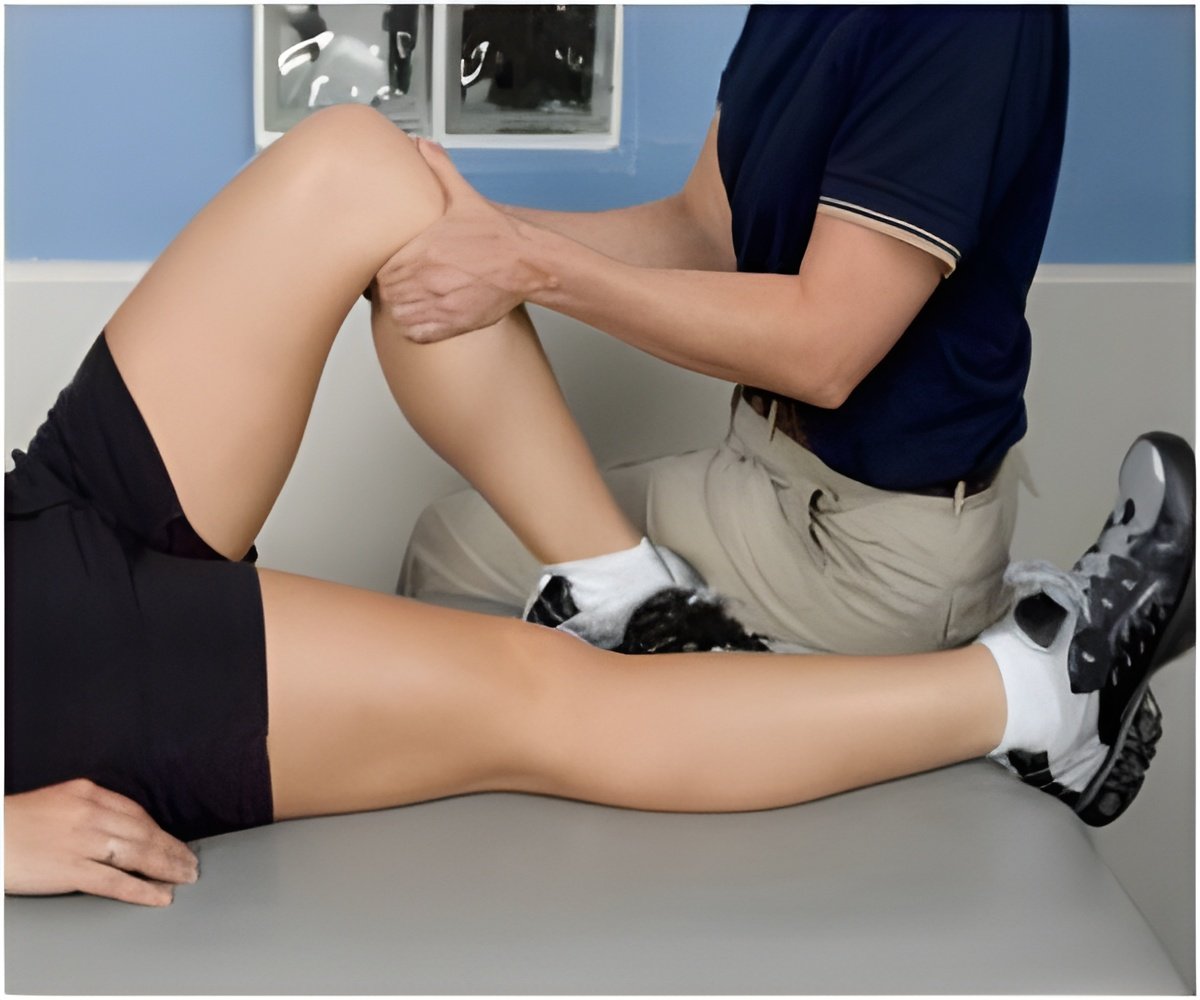
TOP INSIGHT
13 mm as a guideline for identifying patients who might be at risk for kneecap instability.
Vairo said the study -- recently published in Clinical Orthopaedics and Related Research -- may help clinicians refine how they use the measurement in their practice.
"We found that once this measurement reaches 13 millimeters, that individual may be more likely to experience problems with kneecap dislocation," Vairo said. "That being said, it's also not the only thing that should be taken into account if a surgeon is considering more aggressive types of treatment like surgery to decrease this distance, which requires significant recovery time."
According to the researchers, issues with kneecap stability are common, especially among women or people who engage in sports. They said it may not pose an issue for people who are not physically active, but more aggressive treatment -- like surgery -- may be required for athletes.
Vairo said that while clinicians had been using TT-TG distance to predict kneecap instability previously, best practices were unclear. He said that computed tomography (CT) scans have been most commonly used in the past, but some studies have suggested that TT-TG distances were measured differently depending on if a CT or MRI scan was done.
The researchers used medical records from 131 patients -- 48 who had confirmed cases of kneecap dislocation and 83 controls with meniscal tears. Three clinicians with various levels of experience used the patients' MRI scans to measure TT-TG distance without knowing their diagnosis beforehand.
"We also wanted to take it a step further and find an accurate distance that could be a good indication for determining likelihood of the condition," Vairo said. "Other studies have used basic descriptive statistics to suggest various distances that could be a potential threshold for instability, but this approach limits the measurement's application. We wanted to identify a specific number so that clinicians reading this paper can have practical information that they can judiciously use in patient care."
"A TT-TG distance of 13 mm was found two times more frequently in individuals that truly do have this condition than those who don't," Vairo said. "At the same time, there were individuals with this condition who had measurements smaller than 13 mm, driving home the importance of knowing the details associated with different imaging techniques and being aware of other contributing factors to instability. Our paper proposes that using specific MRI scans in a standardized fashion may help produce more accurate readings of this measurement."
In the future, Vairo said he and the other researchers will continue to explore factors that contribute to kneecap instability, including combining TT-TG distance with data about the depth and shape of the kneecap joint to better predict the condition.
Source-Eurekalert
 MEDINDIA
MEDINDIA
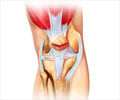
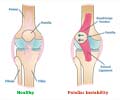
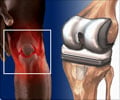

 Email
Email
